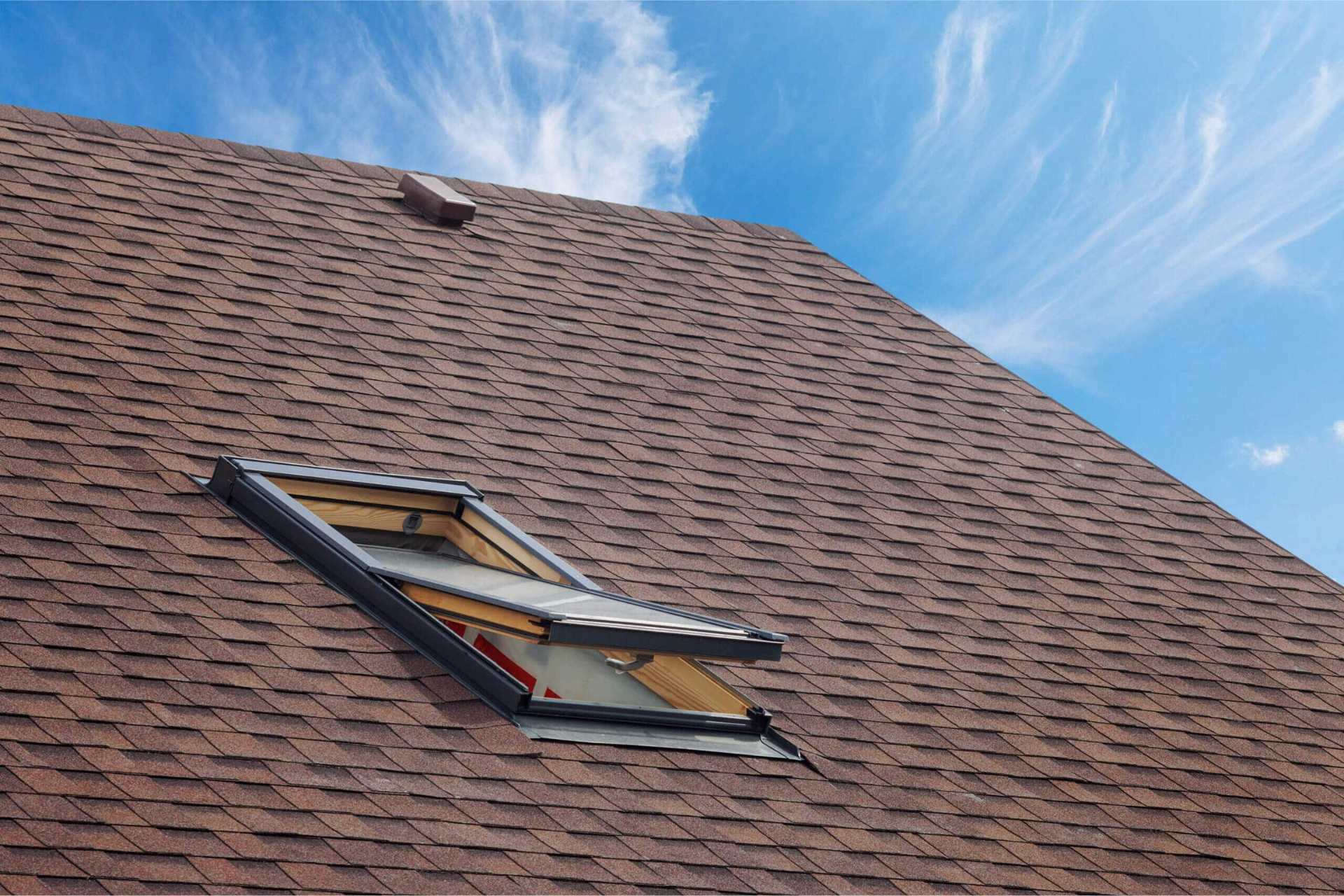

Articles
What Are The Best Roof Shingles
Modified: January 8, 2024
Get expert advice on the best roof shingles in our informative articles. Discover the top choices for durability, aesthetics, and cost-effectiveness.
(Many of the links in this article redirect to a specific reviewed product. Your purchase of these products through affiliate links helps to generate commission for Storables.com, at no extra cost. Learn more)
Introduction
When it comes to protecting your home from the elements, one of the most crucial components is your roof. It acts as the first line of defense against rain, snow, wind, and sunlight. However, selecting the right roof shingles for your home can be a challenging task.
There is a wide variety of roof shingles available on the market, each with its own set of advantages and disadvantages. The best roof shingles for your home will depend on various factors such as your budget, local climate conditions, and the overall aesthetic you want to achieve.
In this article, we will explore the different types of roof shingles and their pros and cons, helping you make an informed decision for your roofing needs.
Key Takeaways:
- Choose the right roof shingles based on your budget, climate, and aesthetic preferences. Consider factors like durability, maintenance, and environmental impact to make an informed decision.
- Consult with a professional roofing contractor to ensure proper installation and optimal performance of your chosen roof shingles. Balance upfront costs with long-term benefits for a cost-effective and sustainable roofing solution.
Read more: What Is A Roof Shingle
Asphalt Shingles
Asphalt shingles are the most common and widely used type of roof shingles. They are made of a fiberglass base coated with asphalt and mineral granules. Asphalt shingles come in two main types: three-tab shingles and architectural shingles.
Pros:
- Cost-effective: Asphalt shingles are relatively affordable compared to other roofing options, making them a popular choice for homeowners on a budget.
- Wide range of colors and styles: Asphalt shingles are available in a variety of colors and styles, allowing you to find the perfect match for your home’s architectural design.
- Easy installation: Asphalt shingles are lightweight and easy to install, reducing the overall labor costs.
- Durability: Asphalt shingles are known for their durability, with most manufacturers offering warranties of 20-30 years.
Cons:
- Not as long-lasting as other options: While asphalt shingles are durable, they typically have a shorter lifespan compared to metal, wood, or slate shingles.
- Less resistant to extreme weather conditions: Although asphalt shingles can withstand moderate weather conditions, they may be more prone to damage in severe storms or high winds.
- Potential for algae growth: In humid climates, asphalt shingles may be susceptible to algae growth, which can affect the aesthetic appeal of your roof.
Overall, asphalt shingles are a popular choice for homeowners looking for a cost-effective and visually appealing roofing option. However, it’s important to consider your specific climate and long-term durability needs when deciding if asphalt shingles are the best choice for your home.
Asphalt Shingles – Types
Asphalt shingles are available in two main types: three-tab shingles and architectural shingles. Let’s take a closer look at each type:
Three-Tab Shingles:
Three-tab shingles are the traditional and most commonly used type of asphalt shingles. They have a flat and uniform appearance, with three separate tabs that create the appearance of individual shingles when installed. These shingles are more affordable and are a popular choice for homeowners on a tight budget.
Architectural Shingles:
Architectural shingles, also known as dimensional or laminated shingles, are a more premium option compared to three-tab shingles. They have a layered and textured look, mimicking the appearance of natural materials such as wood or slate. Architectural shingles come in various shapes and sizes, providing a more visually appealing and high-end look to your roof.
Architectural shingles are generally thicker and more durable than three-tab shingles. They also have a longer lifespan and are better equipped to withstand harsh weather conditions. While architectural shingles are pricier than three-tab shingles, many homeowners choose them for their enhanced aesthetics and longevity.
Both three-tab and architectural shingles are available in a wide array of colors and styles. Whether you prefer a traditional, contemporary, or rustic look, you can find asphalt shingles that complement your home’s architectural design and personal preferences.
When choosing between three-tab and architectural shingles, consider your budget, desired aesthetic, and long-term durability needs. Consulting with a professional roofing contractor can help you make an informed decision.
Asphalt Shingles – Pros
Asphalt shingles offer several advantages that make them a popular choice for homeowners. Here are some of the key pros of asphalt shingles:
- Affordability: One of the main advantages of asphalt shingles is their cost-effectiveness. They are relatively inexpensive compared to other roofing materials, making them an attractive option for homeowners on a budget.
- Wide range of colors and styles: Asphalt shingles come in a vast array of colors, textures, and styles. Whether you prefer a traditional or modern look, you can find asphalt shingles that complement your home’s design and enhance its curb appeal.
- Easy installation: Asphalt shingles are lightweight and easy to install, which helps to reduce the overall labor costs. This makes them a popular choice for both professional contractors and DIY enthusiasts.
- Durability: While asphalt shingles may not be the most long-lasting roofing material, they still offer good durability. Most manufacturers offer warranties ranging from 20 to 30 years, and with proper maintenance, asphalt shingles can last even longer.
- Fire-resistant: Asphalt shingles have a Class A fire rating, which means they are highly resistant to fires. This can provide peace of mind and added safety for homeowners.
- Energy-efficient options: Some asphalt shingles are designed with reflective coatings that help to reduce heat absorption. This can contribute to energy savings by keeping your home cooler in hot climates.
Overall, asphalt shingles offer a combination of affordability, versatility, and ease of installation, making them a popular choice for many homeowners. However, it’s important to consider your specific needs and consult with a professional to ensure that asphalt shingles are the right option for your home.
Asphalt Shingles – Cons
While asphalt shingles have many advantages, there are also some drawbacks to consider before choosing this roofing material. Here are a few cons of asphalt shingles:
- Not as long-lasting as other options: Compared to materials like metal, wood, or slate, asphalt shingles have a shorter lifespan. They typically last between 15 to 30 years, depending on the quality of the shingles and the local climate conditions. If durability is a top priority for you, you may want to explore other roofing options.
- Less resistance to extreme weather conditions: While asphalt shingles are designed to withstand moderate weather conditions, they may be more prone to damage in severe storms or high winds. Hail can also cause dents and cracks in asphalt shingles, requiring repair or replacement.
- Potential for algae growth: In humid climates, asphalt shingles can be susceptible to algae or moss growth. This is mainly a cosmetic issue that can detract from the visual appeal of your roof. Regular maintenance and cleaning can help prevent or manage algae growth.
- Environmental impact: Asphalt shingles are not considered the most environmentally friendly roofing option. They are made from petroleum-based products and can contribute to landfill waste when they are eventually replaced. However, some manufacturers are now producing asphalt shingles with recycled materials, which can help reduce their environmental impact.
- Limited customization options: While asphalt shingles offer a wide range of colors and styles, they may not provide the same level of customization as other materials like wood or metal. If you have specific design preferences that require more unique or intricate roofing patterns, asphalt shingles may not be the best choice.
It’s essential to take these cons into consideration and weigh them against the benefits of asphalt shingles. Factors such as your budget, climate conditions, and aesthetics will influence your decision. Consulting with a professional roofing contractor can also provide valuable insights and help you make an informed choice for your home.
Read more: What Goes Under Roof Shingles
Metal Shingles
Metal shingles are a popular choice for homeowners seeking durability, longevity, and a modern aesthetic for their roofs. They are made from various types of metal, including steel, aluminum, and copper. Metal shingles come in different shapes and styles, mimicking the appearance of traditional roof shingles or offering a more contemporary look.
Pros:
- Exceptional durability: Metal shingles have an exceptionally long lifespan, often lasting 50 years or more. They are resistant to rot, decay, and insect damage, providing excellent protection for your home.
- Fire-resistant: Metal shingles have a Class A fire rating, making them highly resistant to fires. This can give homeowners peace of mind and potentially lower insurance premiums.
- Weather-resistant: Metal shingles are designed to withstand harsh weather conditions, including heavy rain, strong winds, and hail. They have excellent water shedding capabilities, reducing the risk of leaks and water damage.
- Energy-efficient: Many metal shingles are ENERGY STAR® rated and can help improve energy efficiency in your home. They reflect solar heat, reducing the load on your HVAC system and potentially lowering energy bills.
- Environmentally friendly: Metal shingles are highly sustainable and often manufactured from recycled materials. At the end of their lifespan, they are fully recyclable, making them an environmentally responsible choice.
Cons:
- Higher upfront cost: Metal shingles are generally more expensive upfront compared to other roofing materials like asphalt shingles or wood. However, their long lifespan and low maintenance requirements can offset the initial investment in the long run.
- Noise: Some homeowners may be concerned about the noise produced by rain or hail hitting metal shingles. However, modern metal shingles are often designed with soundproofing features to minimize noise levels.
- Expansion and contraction: Metal expands and contracts with temperature changes. Without proper installation and allowance for movement, this can lead to loosened fasteners or potential damage to the roof system. Professional installation by experienced contractors is crucial for ensuring proper performance.
- Visual limitations: While metal shingles come in various styles and colors, they may not offer the same range of customization options as other materials. If you have specific design preferences or require intricate detailing, you may want to consider alternative roofing options.
Metal shingles provide a durable and aesthetically appealing roofing solution for homeowners. They offer exceptional weather resistance, energy efficiency, and environmental sustainability. Consider your budget and long-term goals to determine whether metal shingles are the right choice for your home.
Metal Shingles – Types
Metal shingles come in a variety of types, each offering its unique characteristics and aesthetic appeal. Let’s explore some of the common types of metal shingles:
Steel Shingles:
Steel shingles are one of the most popular choices for metal roofing. They are generally made from galvanized steel or treated with a zinc coating to improve durability and resistance to corrosion. Steel shingles are known for their strength, making them an excellent option for areas prone to harsh weather conditions.
Aluminum Shingles:
Aluminum shingles are lightweight and highly resistant to corrosion. They are a popular choice for coastal regions or areas with high humidity. Aluminum shingles are often chosen for their durability and ability to maintain their appearance over time.
Copper Shingles:
Copper shingles are known for their distinctive appearance and elegance. They add a touch of luxury to any home and develop a beautiful patina over time. Copper shingles are highly durable, with an incredibly long lifespan that can span decades.
Zinc Shingles:
Zinc shingles are a unique option that offers a natural and weathered look. They have exceptional resistance to corrosion and are highly sustainable as zinc is a 100% recyclable material. Zinc shingles are often chosen for their long lifespan and low maintenance requirements.
Interlocking or Standing Seam Shingles:
Interlocking or standing seam shingles are a popular choice for modern and contemporary architecture. They have a sleek, vertical look and a concealed fastening system that provides enhanced weather resistance. Standing seam shingles are available in various materials, including steel, aluminum, and copper.
Each type of metal shingle offers distinct advantages and visual appeal. Consider your budget, architectural style, and desired durability when selecting the right metal shingles for your home. Consulting with a professional roofing contractor can help you make an informed decision based on your specific needs and preferences.
Metal Shingles – Pros
Metal shingles offer a range of benefits that make them an appealing choice for homeowners. Here are some of the key advantages of metal shingles:
- Durability: Metal shingles are known for their exceptional durability and longevity. They can withstand harsh weather conditions, including heavy rain, snow, hail, and strong winds. Metal shingles typically have a lifespan of 50 years or more, proving to be a long-term investment for your home.
- Resistance to fire: Metal shingles have a high fire resistance rating, making them a safe choice for homeowners. They are non-combustible and can help protect your home from fire hazards, providing peace of mind.
- Low maintenance: Metal shingles require minimal maintenance compared to other roofing materials. They do not crack, warp, rot, or decay, which means you don’t have to worry about regular repairs. Occasional inspections and cleaning are usually sufficient to keep metal shingles in optimal condition.
- Energy efficiency: Metal shingles reflect solar heat, helping to reduce heat absorption into your home. This can contribute to lower cooling costs in hot climates and enhance energy efficiency. Additionally, some metal shingles are designed with insulation properties, further improving the energy efficiency of your home.
- Environmentally friendly: Metal shingles are highly sustainable and recyclable. They are often made from recycled materials and can be fully recycled at the end of their lifespan. Choosing metal shingles can help reduce landfill waste and minimize the environmental impact associated with roofing materials.
- Wide range of styles: Metal shingles come in various shapes, sizes, and styles, allowing you to achieve the desired aesthetic for your home. Whether you prefer a traditional, contemporary, or rustic look, there are metal shingles available to suit your architectural design.
Metal shingles offer a combination of durability, low maintenance, energy efficiency, and sustainability. They provide long-term protection for your home and can enhance its curb appeal. While the upfront cost may be higher compared to other roofing options, the long lifespan and minimal maintenance requirements make metal shingles a cost-effective choice in the long run.
Consulting with a professional roofing contractor can help you determine if metal shingles are the right fit for your home and ensure proper installation for optimal performance.
Metal Shingles – Cons
While metal shingles offer numerous advantages, it’s important to consider potential drawbacks before making a decision. Here are some of the cons associated with metal shingles:
- Higher upfront cost: Metal shingles tend to have a higher initial cost compared to other roofing materials such as asphalt shingles or wood. However, their long lifespan and durability can offset the initial investment over time.
- Noise: Rainfall and hail hitting metal shingles can be louder compared to other roofing materials, creating a potential noise concern for some homeowners. However, proper insulation and underlayment can help minimize noise levels.
- Denting: Metal shingles can be susceptible to dents if struck by large hailstones, falling branches, or other heavy objects. However, modern metal shingles are often made from materials, like steel, that provide enhanced resistance to denting.
- Expansion and contraction: Metal expands and contracts with temperature changes, which can cause the fasteners to loosen over time. It’s crucial to ensure proper installation techniques and allowance for movement to maintain the integrity of the roof system.
- Limited customization options: While metal shingles offer various styles and colors, they may not provide the same level of customization as materials like wood or asphalt. If you have specific design preferences or require intricate detailing, you may want to explore other roofing options.
- Professional installation required: Installation of metal shingles requires specialized skills and knowledge. It is recommended to hire a professional roofing contractor experienced in installing metal shingles to ensure proper installation and optimal performance.
Considering these cons alongside the benefits of metal shingles is essential in making an informed decision for your home. Your budget, climate conditions, and aesthetic preferences will play a role in determining if metal shingles are the right choice for you. Consulting with a professional contractor can provide valuable guidance and help you make the best decision based on your specific needs.
Read more: How To Figure Shingles For A Roof
Wood Shingles
Wood shingles, also known as cedar shingles, are a classic and aesthetically appealing roofing option. They are made from natural wood, typically cedar, and offer a warm and rustic charm to any home. Wood shingles have been used for centuries and provide both durability and natural beauty.
Pros:
- Natural aesthetic: Wood shingles offer a unique and natural beauty that adds warmth and character to any home. They have a timeless appeal and can complement a variety of architectural styles, from traditional to modern.
- Environmentally friendly: Wood shingles are considered an environmentally friendly roofing option. They are made from a renewable resource and have a minimal carbon footprint compared to other roofing materials.
- Insulation properties: Wood shingles provide natural insulation, helping to regulate temperature and reduce energy consumption. This can contribute to energy efficiency and potentially lower heating and cooling costs.
- Durability: When properly installed and maintained, wood shingles can have a long lifespan. Cedar, in particular, is known for its natural resistance to decay, insects, and rot, making it a durable choice for roofing.
- Easy to repair: In the event of damage or wear, individual wood shingles can be easily replaced without having to replace the entire roof. This can save on repair costs and extend the overall lifespan of the roof.
Cons:
- Higher maintenance: Wood shingles require more maintenance compared to other roofing materials. They should be regularly inspected, cleaned, and treated to prevent moss, mold, or rot. Additionally, they may need to be resealed or painted to maintain their appearance and protect against weather damage.
- Fire risk: Wood shingles are flammable and may not be suitable for areas prone to wildfires or strict fire codes. However, fire-resistant treatments are available to reduce the risk of ignition, and some wood shingles are manufactured with Class A fire ratings.
- Cost: Wood shingles tend to be more expensive than asphalt shingles or metal roofing. The higher cost is primarily due to the material itself and the craftsmanship required for proper installation.
- Vulnerable to moisture: Wood shingles can be more susceptible to moisture absorption and water damage compared to other roofing materials. Proper installation, ventilation, and regular maintenance are necessary to prevent issues such as warping or rot.
- Insect infestation: While cedar is naturally resistant to insects, wood shingles can still attract pests such as termites or carpenter ants if proper precautions are not taken.
Wood shingles offer a natural and timeless aesthetic that appeals to many homeowners. Their durability, insulation properties, and environmental sustainability are additional advantages. However, the higher maintenance requirements and potential fire risk should be carefully considered. Consulting with a professional roofing contractor can help you determine if wood shingles are suitable for your home and provide guidance on installation, maintenance, and treatment options.
Wood Shingles – Types
Wood shingles, also known as cedar shingles, come in different types, grades, and cuts. Each type offers its unique characteristics and aesthetic appeal. Let’s explore some of the common types of wood shingles:
Perfection Shingles:
Perfection shingles, also known as resawn shingles, are precisely cut to provide a uniform appearance. They are smooth on both sides and have a tapered shape, creating a clean and polished look when installed. Perfection shingles are the most common type of wood shingle used in residential roofing projects.
Tapersawn Shingles:
Tapersawn shingles are similar to perfection shingles but have a rougher texture on one side. They still offer a tapered shape but provide a more rustic and natural look. Tapersawn shingles are often used to achieve a traditional or historical aesthetic.
Hand-Split Shingles:
Hand-split shingles, also known as shakes, are split from the wood log rather than sawn. They have a rough and textured surface, giving a rugged and natural appearance. Hand-split shingles are thicker than other types and provide enhanced durability. They are a popular choice for log cabins and homes with a rustic or chalet-style design.
Treated Shingles:
Treated shingles are wood shingles that have been pressure-treated with chemical preservatives. The treatment helps prevent decay, insect infestation, and rot. Treated shingles can provide added durability and longevity, making them suitable for areas with high moisture or insect activity.
Reclaimed Shingles:
Reclaimed shingles are wood shingles that have been salvaged and repurposed from old structures. They offer a unique and weathered appearance, adding character and historical charm to a home. Reclaimed shingles are an eco-friendly option and are often chosen for their sustainability and vintage appeal.
Each type of wood shingle offers its own aesthetics, durability, and maintenance requirements. Consider your desired appearance, budget, and long-term goals when selecting the right wood shingles for your home. Consulting with a professional roofing contractor can provide valuable insights and help you make an informed decision based on your specific needs.
When choosing the best roof shingles, consider factors such as durability, weather resistance, and energy efficiency. Look for shingles with high wind and impact ratings, as well as a good warranty. Conduct thorough research and consult with roofing professionals to make an informed decision.
Wood Shingles – Pros
Wood shingles, also known as cedar shingles, offer a range of advantages that make them an appealing choice for homeowners. Here are some of the key benefits of wood shingles:
- Natural aesthetics: Wood shingles provide a timeless and natural appeal to any home. They offer warmth, character, and a rustic charm that can enhance the architectural design and curb appeal.
- Environmental sustainability: Wood shingles are made from a renewable resource, making them an environmentally friendly roofing option. They have a lower carbon footprint compared to other roofing materials and can be recycled or repurposed at the end of their lifespan.
- Insulation properties: Wood shingles provide natural insulation for your home, helping to regulate temperature and reduce energy consumption. This can contribute to energy efficiency and potentially lower heating and cooling costs.
- Durability: When properly installed and maintained, wood shingles can have a long lifespan. Cedar, in particular, is naturally resistant to decay, rot, and insects, making it a durable choice for roofing.
- Easy to repair: In the event of damage or wear, individual wood shingles can be easily replaced without having to replace the entire roof. This can save on repair costs and extend the overall lifespan of the roof.
- Sound insulation: Wood shingles offer excellent sound insulation properties, reducing external noise from rain, wind, or other sources. This can create a quieter and more comfortable living environment inside the home.
Wood shingles offer a natural and timeless beauty that appeals to many homeowners. Their sustainability, insulation properties, and durability are additional advantages. However, it’s important to consider the maintenance requirements and potential fire risk associated with wood shingles.
Regular maintenance, including inspection, cleaning, and treatment, is necessary to prevent issues such as moss, mold, or rot. Choosing fire-resistant treatments or selecting wood shingles with a Class A fire rating can help mitigate the fire risk. Consulting with a professional roofing contractor can provide valuable guidance on installation, maintenance, and treatment options for wood shingles.
Wood Shingles – Cons
While wood shingles offer many benefits, it’s important to consider the potential drawbacks before choosing this roofing material. Here are some of the cons associated with wood shingles:
- Higher maintenance: Wood shingles require regular maintenance compared to other roofing materials. They should be inspected, cleaned, and treated to prevent moss, mold, or rot. Additionally, they may need to be resealed or repainted to maintain their appearance and protect against weather damage.
- Fire risk: Wood shingles are flammable, which can pose a potential fire risk. They may not be suitable for areas prone to wildfires or strict fire codes. However, fire-resistant treatments are available to reduce the risk of ignition, and some wood shingles are manufactured with a Class A fire rating.
- Cost: Wood shingles tend to have a higher upfront cost compared to other roofing materials such as asphalt shingles or metal. The higher cost is primarily due to the material itself and the craftsmanship required for proper installation.
- Vulnerable to moisture: Wood shingles can be more susceptible to moisture absorption and water damage compared to other roofing materials. Proper installation, ventilation, and regular maintenance are necessary to prevent issues such as warping, rot, or decay.
- Insect infestation: While cedar is naturally resistant to insects, wood shingles can still attract pests such as termites or carpenter ants if proper precautions are not taken. Regular inspections and timely pest control measures are essential to prevent infestations.
- Limited lifespan: Despite their durability, wood shingles generally have a shorter lifespan compared to materials like metal or slate. They typically last around 20 to 30 years, depending on factors such as climate, maintenance, and quality of the shingles.
Considering these cons alongside the benefits of wood shingles is crucial in making an informed decision for your home. It’s important to carefully weigh the maintenance requirements, fire risk, and overall costs to ensure that wood shingles are the appropriate choice for your specific needs and climate. Consulting with a professional roofing contractor can provide valuable insight and help you make the best decision for your home.
Read more: How To Cap A Cedar Shingle Roof
Slate Shingles
Slate shingles are a luxurious and highly durable roofing option that has been around for centuries. Made from natural slate stone, these shingles offer a timeless beauty and unmatched longevity. Slate shingles are known for their elegance and ability to elevate the appearance of any home.
Pros:
- Exceptional durability: Slate shingles are incredibly durable and have a lifespan that can exceed 100 years when properly installed and maintained. They can withstand extreme weather conditions, including heavy rain, snow, and strong winds, making them suitable for various climates.
- Natural beauty: Slate shingles offer a captivating and luxurious look that adds an elegant touch to any home. They come in various colors, including shades of gray, green, black, and even purple, allowing for a wide range of design possibilities.
- Fire resistance: Slate is a naturally fire-resistant material, providing an added layer of safety and protection for your home. This can potentially lower insurance premiums and give homeowners peace of mind.
- Low maintenance: Slate shingles require minimal maintenance, making them a hassle-free roofing option. They are resistant to moss, mold, and rot, eliminating the need for regular cleaning or treatments.
- Eco-friendly: Slate is a natural and eco-friendly material. It is sourced from quarries and has a low environmental impact. Additionally, since slate shingles have an incredibly long lifespan, they do not contribute significantly to landfill waste like other roofing materials.
Cons:
- Higher cost: Slate shingles are one of the most expensive roofing materials available due to the cost of extraction, transportation, and installation. The initial investment may be significantly higher compared to other roofing options.
- Weight: Slate shingles are heavy, which requires additional structural support for the roof. This can increase the cost and complexity of installation. It’s essential to verify that the underlying structure of your home can support the weight of slate shingles before choosing this roofing option.
- Fragility during installation: Slate shingles can be fragile during installation. Improper handling or stepping on the shingles can cause them to crack or break. It’s important to hire experienced and skilled professionals for the installation to prevent any damage.
- Difficulty matching existing slate: Finding an exact match for existing slate shingles can be challenging if repairs or replacements are needed. This is due to the unique characteristics of natural slate, which vary in color, texture, and thickness.
- Professional installation required: Due to the complex nature of slate shingle installation, it requires professional expertise. Skilled contractors with experience in working with slate roofing should be hired to ensure proper installation and optimal performance.
Slate shingles offer a stunning and durable roofing option that can last for generations. While the initial cost and installation requirements may be higher, the long lifespan and timeless elegance of slate make it a worthwhile investment for those seeking a high-end and long-lasting roof. Consulting with a professional roofing contractor is essential to assess the feasibility and suitability of slate shingles for your home.
Slate Shingles – Types
Slate shingles, known for their timeless elegance and durability, come in various types that offer different characteristics and aesthetics. Let’s explore some common types of slate shingles:
Standard/Regular Slate:
Standard or regular slate shingles are the most common type. They are cut into rectangular shapes and offer a clean and uniform appearance when installed on roofs. Standard slate shingles are available in various thicknesses, sizes, and textures, allowing for customization to suit different architectural styles.
Textured Slate:
Textured slate shingles have a rough or textured surface, adding an extra element of visual interest to the roof. They can mimic the appearance of natural stone or have a rustic look, providing a unique aesthetic appeal to the overall design of the home.
Multicolor Slate:
Multicolor slate shingles have a blend of different colors, creating a captivating and eye-catching effect on the roof. The natural variation in color can add depth and character to the overall appearance of the home, making it stand out in the neighborhood.
Graduated/Mixed Width Slate:
Graduated or mixed-width slate shingles are cut into different widths, allowing for a more random or irregular pattern when installed. This type of slate shingle adds visual interest and a sense of dimension to the roof, giving it a unique and distinctive look.
Patterned Slate:
Patterned slate shingles are cut into specific shapes to create decorative or intricate designs on the roof. Examples include diamond patterns, fish-scale patterns, or hexagonal patterns. Patterned slate shingles add a level of sophistication and architectural interest to the overall roof design.
Each type of slate shingle offers its own unique charm and can be customized to match the architectural style and personal preferences. It’s important to work with a professional roofing contractor who has experience handling slate shingles to ensure proper installation and achieve the desired visual impact for your home.
Slate Shingles – Pros
Slate shingles are renowned for their elegance, durability, and timeless beauty. Choosing slate as a roofing material comes with several advantages. Here are some of the key benefits of slate shingles:
- Exceptional longevity: Slate shingles are known for their longevity and can last well over 100 years when properly installed and maintained. This makes them one of the most durable roofing options available, providing long-term protection for your home.
- Natural beauty: Slate shingles offer a unique and natural beauty that adds a touch of sophistication and elegance to any home. With a wide range of colors available, from gray and black to green and purple, slate allows for versatile and eye-catching roof designs.
- Fire resistance: Slate is a non-combustible material, making slate shingles highly fire-resistant. This can provide an extra level of safety for your home and potentially lower insurance premiums.
- Low maintenance: Slate shingles require minimal maintenance. They are resistant to moss, mold, and rot, eliminating the need for regular cleaning or treatments. Their durability and resistance to the elements mean fewer repairs and replacements compared to other roofing materials.
- Environmentally friendly: Slate is a natural material that is sourced from quarries. It has a low environmental impact and does not release any harmful chemicals into the environment. Additionally, due to its long lifespan, slate shingles produce less waste compared to other roofing materials.
- Excellent weather resistance: Slate shingles offer superb weather resistance, with exceptional resistance to rain, snow, wind, and hail. They are less susceptible to cracking or breaking under extreme weather conditions, making them ideal for areas prone to severe storms.
- Increase in home value: The use of slate shingles can significantly enhance the curb appeal and value of your home. The durability and aesthetic appeal of slate make it an attractive feature for potential buyers.
Slate shingles are a high-end roofing option that provides long-term durability, natural beauty, and low maintenance requirements. While the initial cost may be higher compared to other roofing materials, the long lifespan and timeless elegance of slate make it a worthwhile investment for homeowners seeking a durable and visually striking roof.
It’s important to work with an experienced roofing contractor who specializes in slate installation to ensure optimal performance and longevity.
Slate Shingles – Cons
Slate shingles offer many advantages, but they also come with some considerations to keep in mind. Here are a few potential drawbacks of slate shingles:
- Higher cost: Slate shingles are among the most expensive roofing materials available. The cost includes the extraction, transportation, and installation processes, as well as the expertise required to work with this delicate material. The upfront investment for slate shingles can be significantly higher compared to other roofing options.
- Weight: Slate shingles are heavy, which requires additional structural support for the roof. This can increase the overall cost and complexity of installation. It’s crucial to ensure that the underlying structure of your home can withstand the weight of slate shingles before choosing this roofing option.
- Fragility during installation: Slate shingles can be fragile during the installation process. They must be handled with care to avoid cracking or breaking. Professional expertise and experience with slate installation are essential to avoid any damage during the installation process.
- Difficulty matching existing slate: If repairs or replacements are needed in the future, finding an exact match for existing slate shingles can be challenging. Natural slate has unique variations in color, texture, and thickness, making it difficult to precisely match with new slate shingles.
- Slippery surface: Slate shingles can be slippery when wet or covered in snow. This can pose a safety hazard during maintenance or when walking on the roof. It’s important to exercise caution and ensure proper safety measures when accessing and walking on a slate roof.
- Professional installation required: Due to the complexity and delicate nature of working with slate shingles, professional installation is highly recommended. Only experienced roofing contractors familiar with slate installation should be entrusted with this task to ensure proper installation and optimal performance of the roof.
While slate shingles offer exceptional durability, elegance, and a long lifespan, it’s important to carefully consider the higher cost, weight, and fragility during installation. Maintenance, repairs, and finding exact matches for slate shingles can also be challenging. However, for homeowners seeking a premium and long-lasting roofing material, these considerations may be outweighed by the aesthetic and durability benefits of slate shingles.
Achieving the best results with slate shingles requires working with experienced professionals who specialize in slate roof installation and maintenance.
Read more: How To Shingle A Gable Roof
Clay or Concrete Shingles
Clay or concrete shingles, also known as clay or concrete tiles, provide a durable and aesthetically pleasing roofing option. These shingles are made from natural clay or concrete materials and offer a distinct Mediterranean or Spanish-style look that can complement a variety of architectural designs.
Pros:
- Durability: Clay or concrete shingles are known for their durability and long lifespan. When properly installed and maintained, these shingles can last for 50 years or more, with some manufacturers offering warranties of up to 75 years.
- Fire resistance: Clay or concrete shingles have excellent fire-resistant properties, making them a safe choice for homeowners. They are non-combustible and can help protect your home from the risk of fire.
- Low maintenance: Clay or concrete shingles require minimal maintenance once installed. They are resistant to rot, decay, and insect damage and do not require regular cleaning or treatments like other materials.
- Weather resistance: Clay or concrete shingles offer excellent resistance to various weather conditions, including wind, rain, and hail. They are less likely to crack or break under extreme weather conditions, making them suitable for areas prone to severe storms.
- Energy efficiency: These shingles have natural thermal insulation properties, helping to regulate temperature and reduce energy consumption. This can lead to energy savings and lower heating and cooling costs.
- Aesthetic versatility: Clay or concrete shingles are available in various shapes, sizes, and colors, allowing for a wide range of design options. Whether you prefer a traditional or modern look, there are clay or concrete shingles to suit your architectural style and personal preferences.
Cons:
- Weight: Clay or concrete shingles are heavy, requiring additional structural support for the roof. This can increase the initial installation cost and complexity. It’s essential to ensure that the underlying structure of your home can accommodate the weight of these shingles.
- Higher cost: Clay or concrete shingles can be more expensive compared to other roofing materials, such as asphalt shingles or metal. The cost is due to the higher manufacturing and installation requirements associated with these heavyweight materials.
- Professional installation required: The installation of clay or concrete shingles should be performed by experienced professionals who specialize in working with these materials. Their expertise is necessary to ensure proper installation and to maximize the durability and performance of the roof.
- Fragility: Although clay or concrete shingles are durable, they can be fragile during handling and installation. Care must be taken to prevent breakage, especially when walking on the roof or moving the shingles.
- Color fading: Over time, clay or concrete shingles may fade or change color due to exposure to the elements. While this can add a weathered or aged look to the roof, it’s important to consider the long-term appearance and potential color inconsistencies.
Clay or concrete shingles offer durability, fire resistance, low maintenance, and aesthetic versatility. However, it’s important to consider factors such as weight, cost, and professional installation requirements when choosing these shingles for your home. Consulting with a professional roofing contractor can provide valuable guidance to determine if clay or concrete shingles are suitable for your specific needs and architectural style.
Clay or Concrete Shingles – Types
Clay or concrete shingles, also known as clay or concrete tiles, come in different types that offer varying shapes and characteristics. Here are some common types of clay or concrete shingles:
Flat Tiles:
Flat tiles, also known as “mission” or “Spanish” tiles, are simple and versatile. They have a flat, rectangular shape and fit together on the roof in a straightforward pattern. Flat tiles are a classic and popular choice, providing an elegant Mediterranean or Spanish-style look.
Pantiles:
Pantiles have a distinct S-shape and interlock with each other to create a visually striking appearance. They are often associated with a European or Mediterranean architectural style and can add a touch of uniqueness and character to a home’s roof.
Roman Tiles:
Roman tiles have a semi-cylindrical shape and are characterized by alternating concave and convex curves. They provide a distinctive and classic appearance, often associated with traditional or Mediterranean-style homes.
Slate-like Tiles:
Slate-like tiles are clay or concrete shingles designed to mimic the appearance of natural slate. They offer the elegance and durability of clay or concrete shingles with the aesthetic appeal of slate. These tiles are available in various sizes and shapes, providing versatility in design.
Barrel Tiles:
Barrel tiles, also known as “S” tiles, have a rounded or barrel-like shape. They interlock with each other to create a unique and textured appearance on the roof. Barrel tiles are often associated with a Mediterranean or Spanish architectural style and offer a distinct visual appeal.
Each type of clay or concrete shingle offers its own unique charm and aesthetic appeal. Consider the architectural style of your home and your personal preferences when selecting the right type of clay or concrete shingle. A professional roofing contractor can provide guidance and recommendations based on your specific needs and design goals.
Clay or Concrete Shingles – Pros
Clay or concrete shingles, also known as clay or concrete tiles, offer several advantages that make them a popular roofing choice for homeowners. Here are some of the key benefits of clay or concrete shingles:
- Durability: Clay or concrete shingles are known for their exceptional durability. They can withstand various weather conditions, including heavy rain, strong winds, and even hail. These shingles have a long lifespan and can last for 50 years or more when properly installed and maintained.
- Fire resistance: Clay or concrete shingles are non-combustible and provide excellent fire resistance. This can add an extra layer of protection to your home and potentially lower insurance premiums.
- Low maintenance: Once installed, clay or concrete shingles require minimal maintenance. They are resistant to rot, decay, and insect damage, reducing the need for regular treatments or cleaning compared to other roofing materials.
- Weather resistance: Clay or concrete shingles offer excellent resistance to various weather conditions, including wind, rain, and hail. They have a low water absorption rate, which helps maintain their integrity during heavy rainfall.
- Energy efficiency: Clay or concrete shingles have natural thermal insulation properties. This can help regulate temperature and reduce energy consumption, leading to potential energy savings and lower heating and cooling costs.
- Aesthetic appeal: Clay or concrete shingles offer a timeless and elegant appearance. They come in various sizes, shapes, and colors, allowing for customization to match different architectural styles and personal preferences.
- Environmentally friendly: Clay or concrete shingles are made from natural and sustainable materials, such as clay or recycled concrete. They have a lower environmental impact compared to other roofing materials and can be recycled at the end of their lifespan.
Clay or concrete shingles provide a combination of durability, fire resistance, low maintenance, and aesthetic appeal. They are well-suited for regions with varying weather conditions and offer long-term protection for your home. While the initial cost may be higher compared to other roofing materials, the longevity and low maintenance requirements make them a cost-effective and sustainable choice in the long run.
Consulting with a professional roofing contractor is essential to determine if clay or concrete shingles are the right fit for your home and to ensure proper installation and optimal performance.
Clay or Concrete Shingles – Cons
While clay or concrete shingles offer numerous advantages, it’s important to consider some potential drawbacks before choosing this roofing material. Here are a few cons associated with clay or concrete shingles:
- Higher cost: Clay or concrete shingles can be more expensive compared to other roofing materials, such as asphalt shingles or metal. The cost is associated with the manufacturing process, the weight of the material, and the expertise required for proper installation.
- Weight: Clay or concrete shingles are heavy, which requires additional structural support for the roof. This can increase the overall cost and complexity of installation. It’s crucial to ensure that the underlying structure of your home can accommodate the weight of these shingles.
- Fragility during installation: Clay or concrete shingles can be fragile during the installation process. They must be handled with care to avoid breakage or damage, especially when walking on the roof or positioning the shingles.
- Color fading: Over time, clay or concrete shingles may experience color fading due to exposure to UV rays and the elements. While this is a natural process, it’s important to consider the long-term appearance and potential color inconsistencies.
- Professional installation required: The installation of clay or concrete shingles requires professional expertise. The intricate interlocking system and the complexity of the installation process necessitate experienced roofing contractors to ensure proper installation and prevent issues down the line.
- Difficult repairs: If repairs or replacements are needed in the future, matching the original clay or concrete shingles can be challenging. It may be difficult to find an exact match due to variations in color, texture, and size. Careful consideration is necessary to achieve a uniform aesthetic on the roof when making repairs.
- Longevity might not justify the cost: While clay or concrete shingles have a long lifespan, the higher cost may not be justifiable for some homeowners who don’t plan on staying in their home for an extended period.
Considering these cons alongside the benefits of clay or concrete shingles is essential in making an informed decision for your home. Factors such as upfront costs, weight considerations, and professional installation requirements should be carefully evaluated. It’s recommended to consult with a professional roofing contractor who can provide guidance based on your specific needs and help you determine if clay or concrete shingles are the right choice for your home.
Read more: How To Repair Shingles On A Roof
Conclusion
Choosing the right roof shingles for your home is an important decision that affects both the aesthetic appeal and long-term durability of your roof. By considering the various types of roof shingles available, you can make an informed choice that suits your budget, climate conditions, and personal preferences.
Asphalt shingles are a cost-effective and versatile option, offering a wide range of colors and styles. They are easy to install and provide good durability, although they may not last as long as other materials.
Metal shingles provide exceptional durability and energy efficiency. They offer a modern look and are highly resistant to weather elements. However, they come with a higher upfront cost and require professional installation.
Wood shingles bring a natural and timeless beauty to your home. They offer insulation properties, eco-friendliness, and easy repairability. However, they need regular maintenance, are more susceptible to fire, and may have a shorter lifespan compared to other materials.
Slate shingles are known for their elegance, durability, and longevity. They offer exceptional weather resistance, fire resistance, and low maintenance requirements. However, slate shingles come with a higher cost, weight considerations, and may require professional installation due to their fragility.
Clay or concrete shingles provide durability, fire resistance, and lasting beauty. They offer excellent weather resistance and low maintenance requirements. However, they come with a higher cost, weight considerations, and may require professional installation.
When making your decision, it’s important to consider factors such as upfront cost, lifespan, maintenance requirements, aesthetic appeal, and environmental impact. Consulting with a professional roofing contractor is highly recommended to assess your specific needs and ensure proper installation for optimal performance.
Remember, your roof is not only a functional component but also an integral part of your home’s overall design. By choosing the best roof shingles for your needs, you can protect your home while enhancing its beauty and value for years to come.
Frequently Asked Questions about What Are The Best Roof Shingles
Was this page helpful?
At Storables.com, we guarantee accurate and reliable information. Our content, validated by Expert Board Contributors, is crafted following stringent Editorial Policies. We're committed to providing you with well-researched, expert-backed insights for all your informational needs.
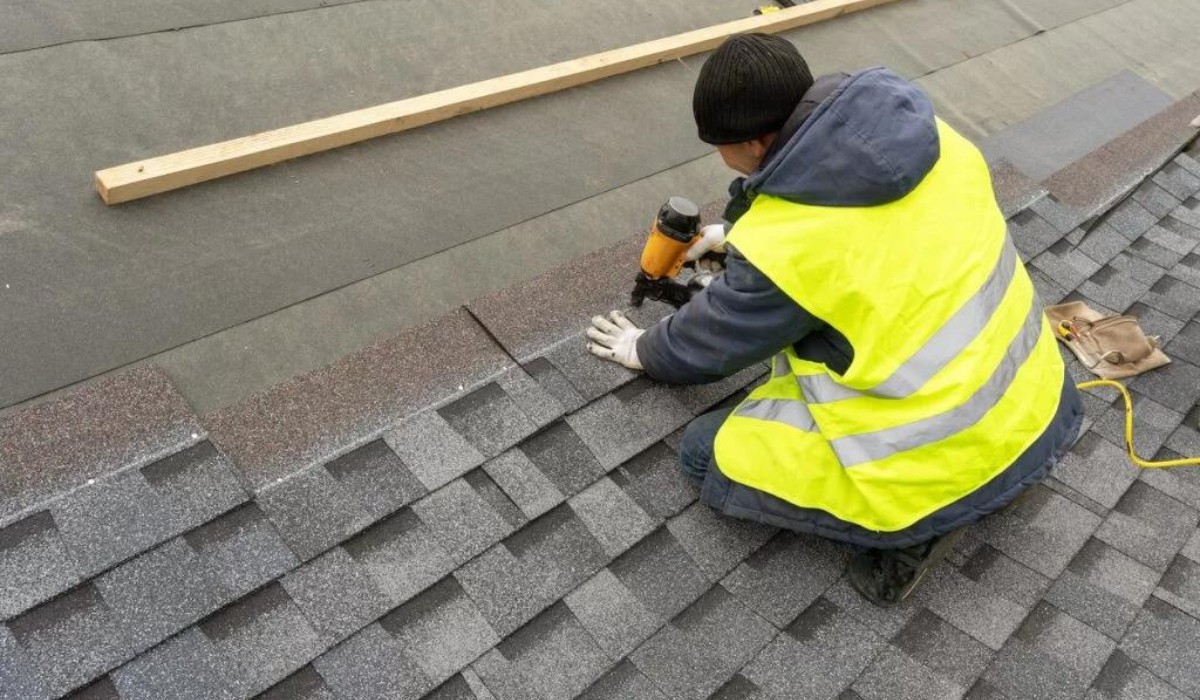
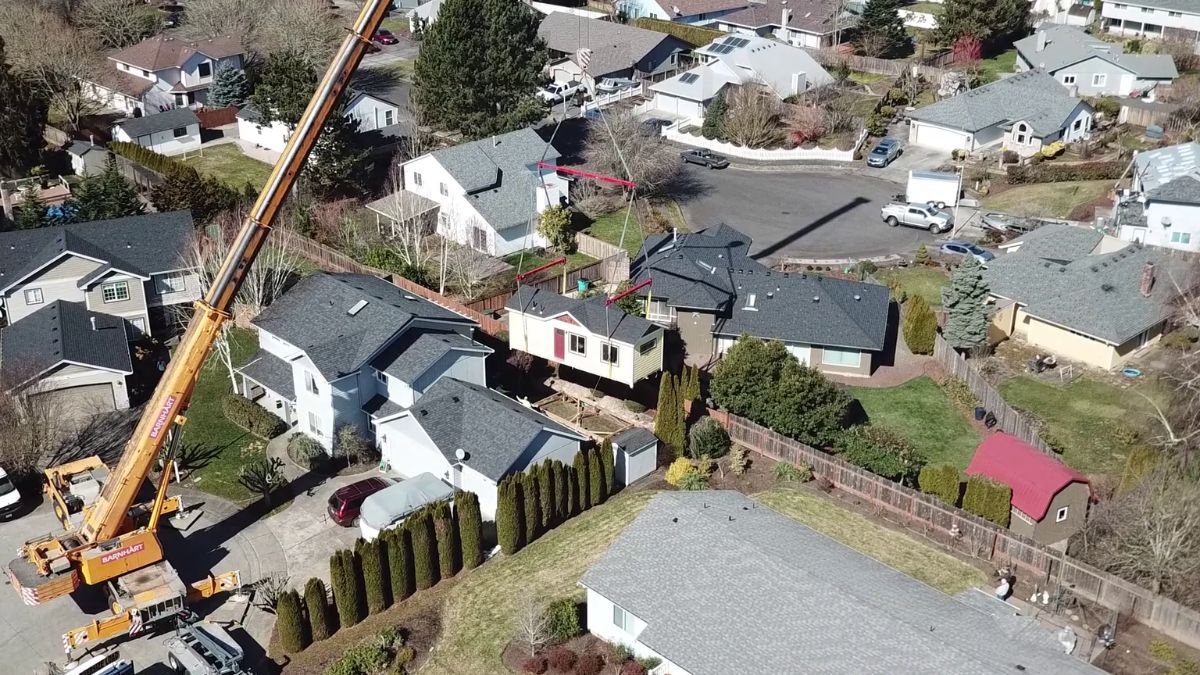
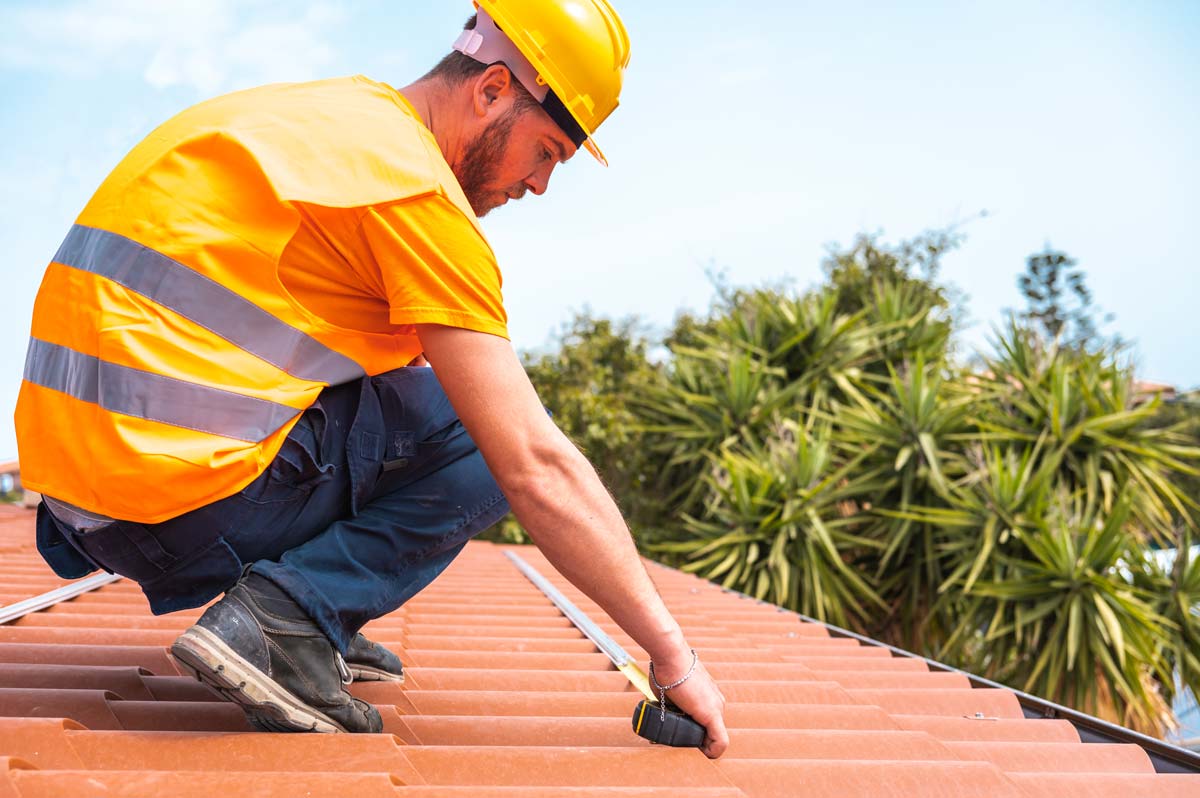
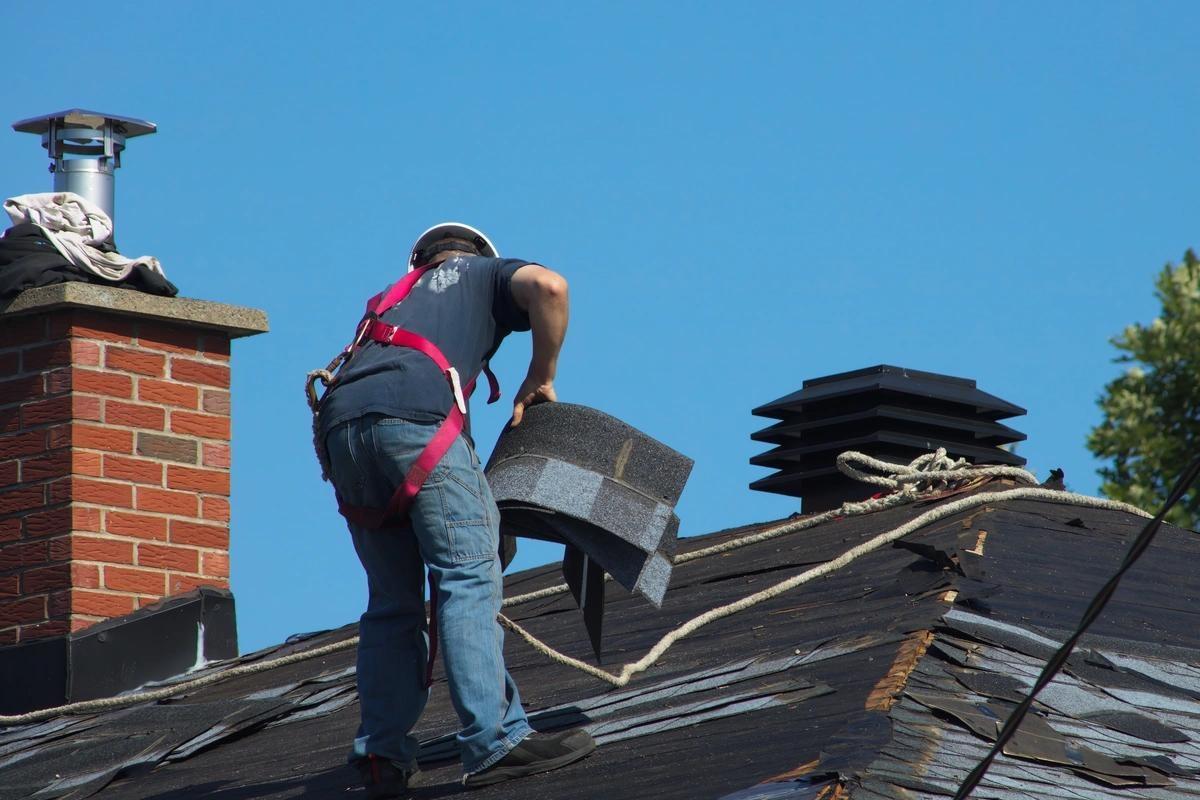
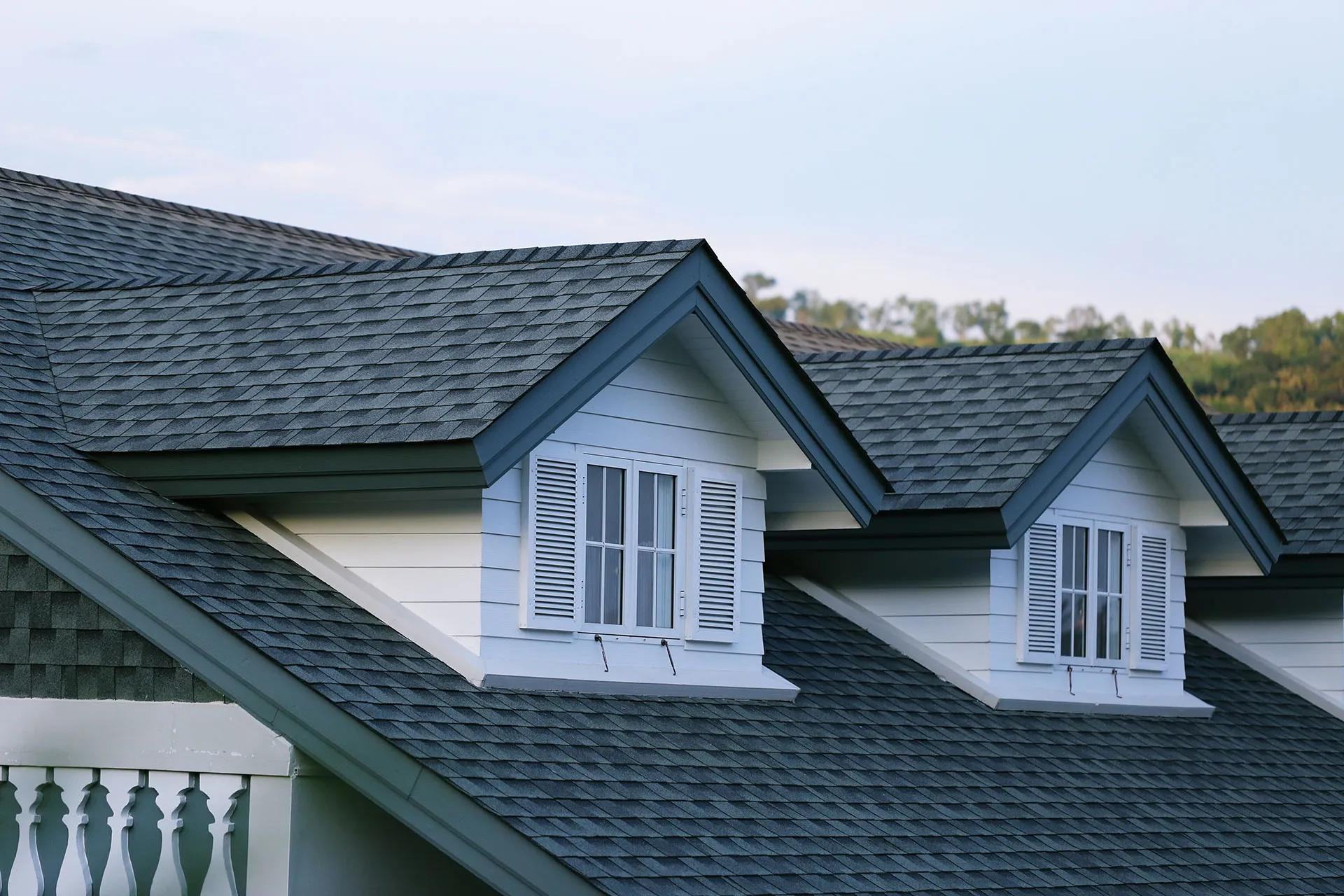
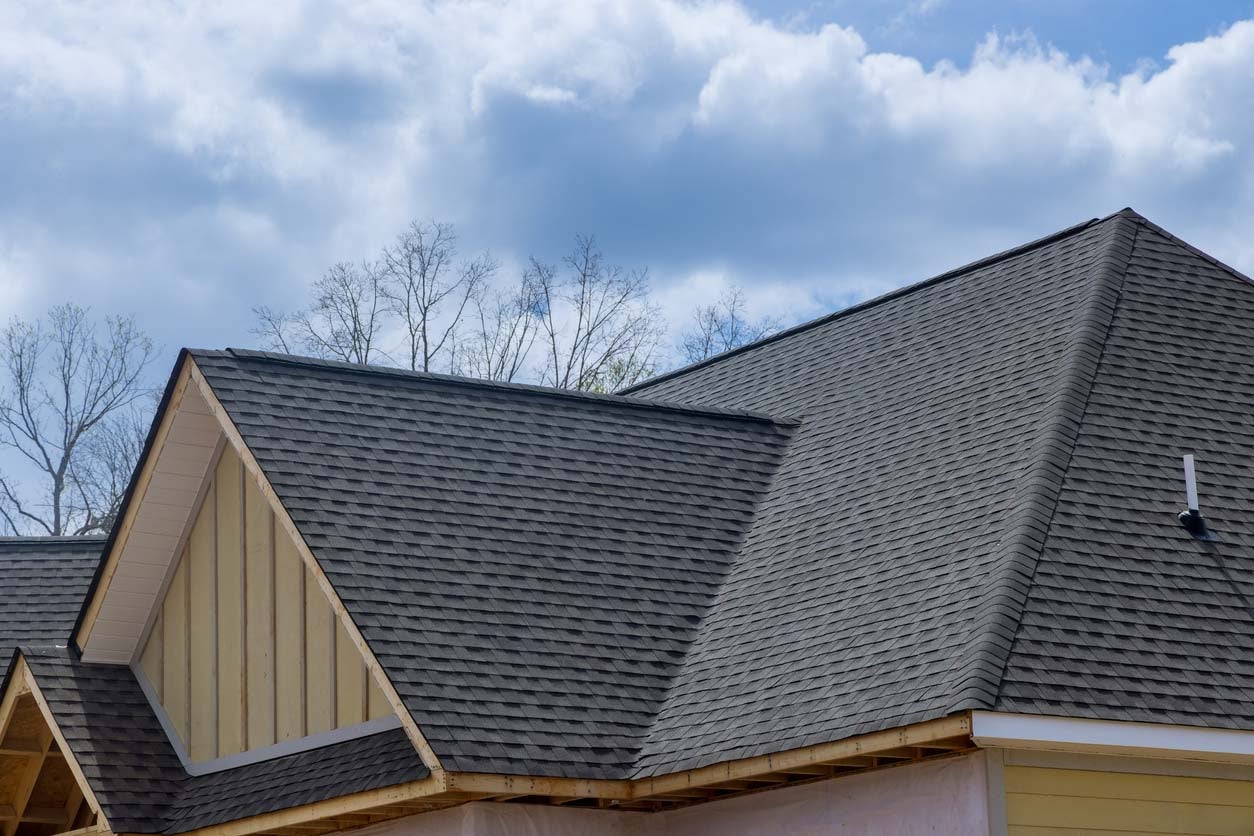
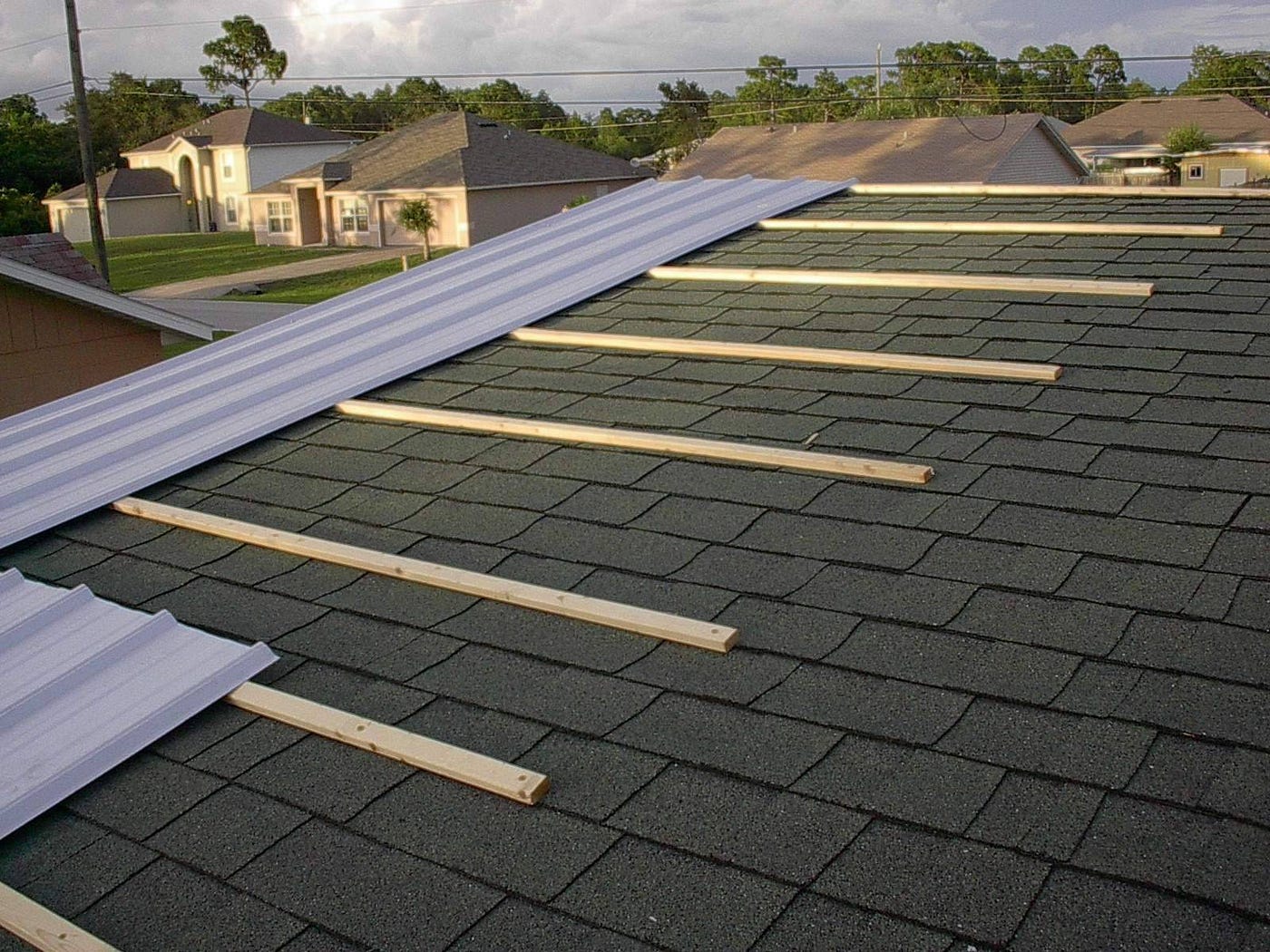
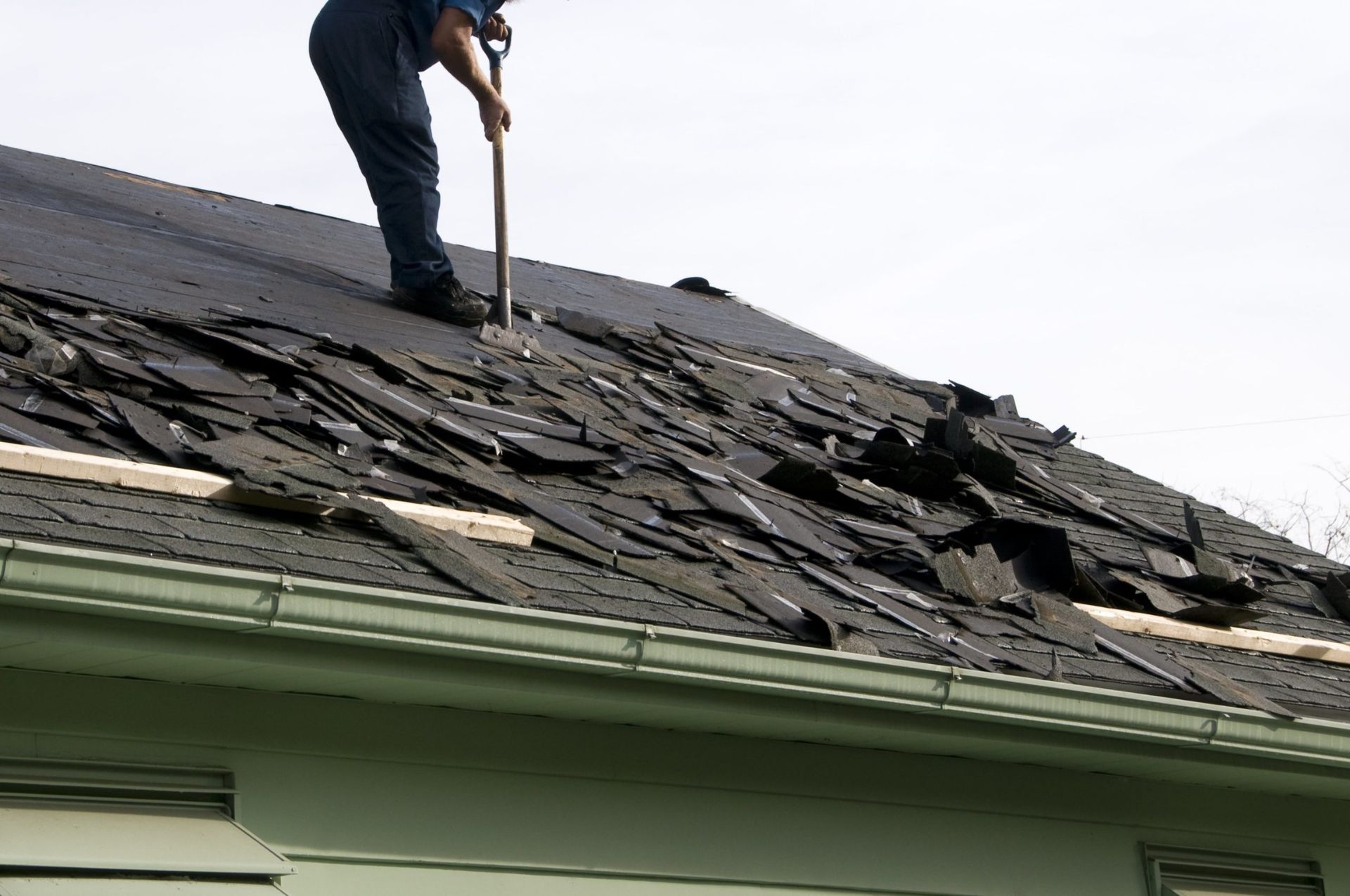
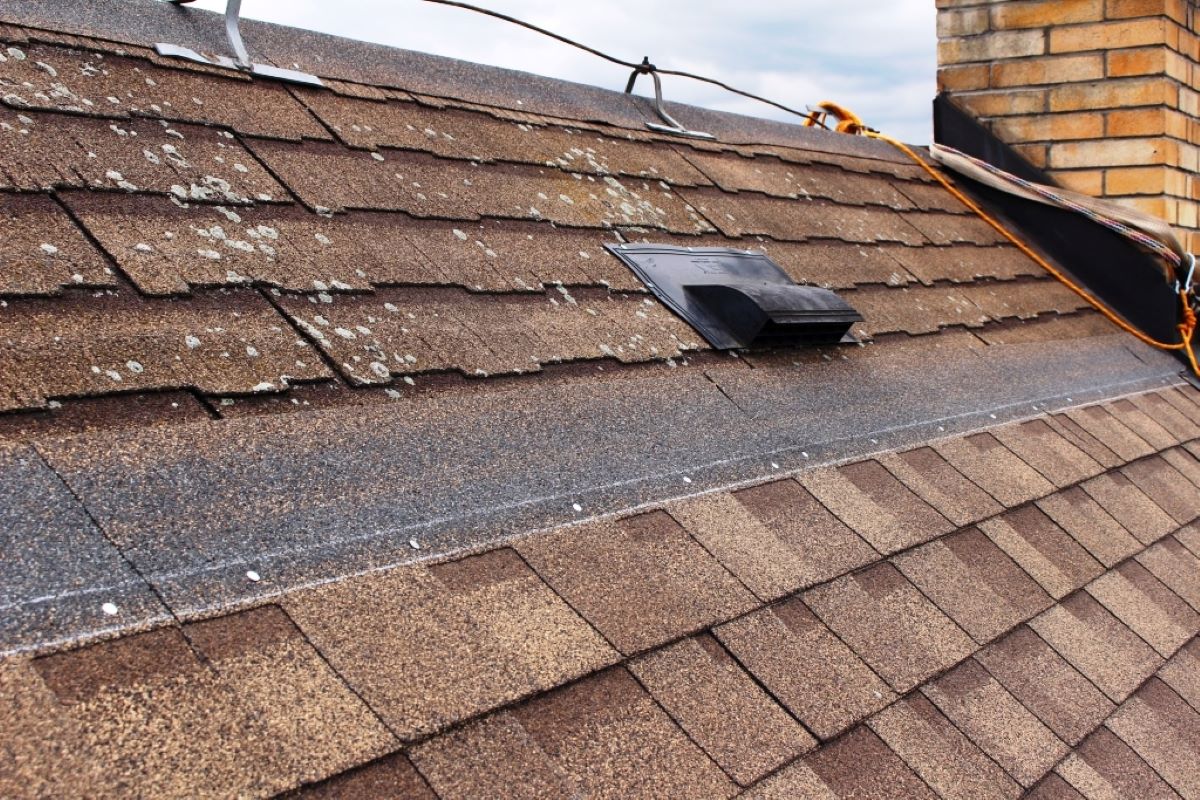
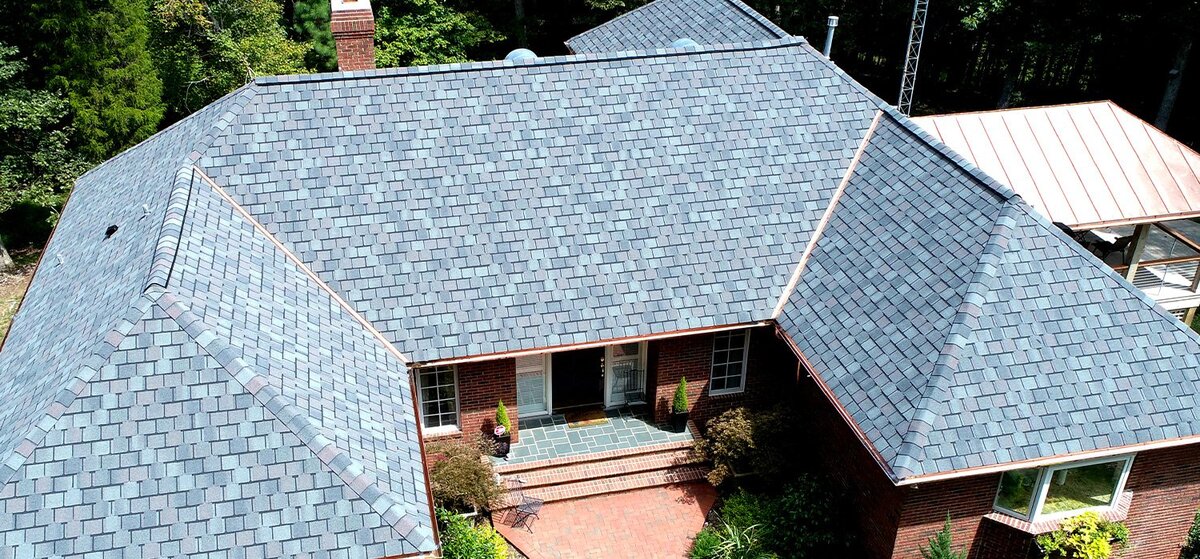

0 thoughts on “What Are The Best Roof Shingles”